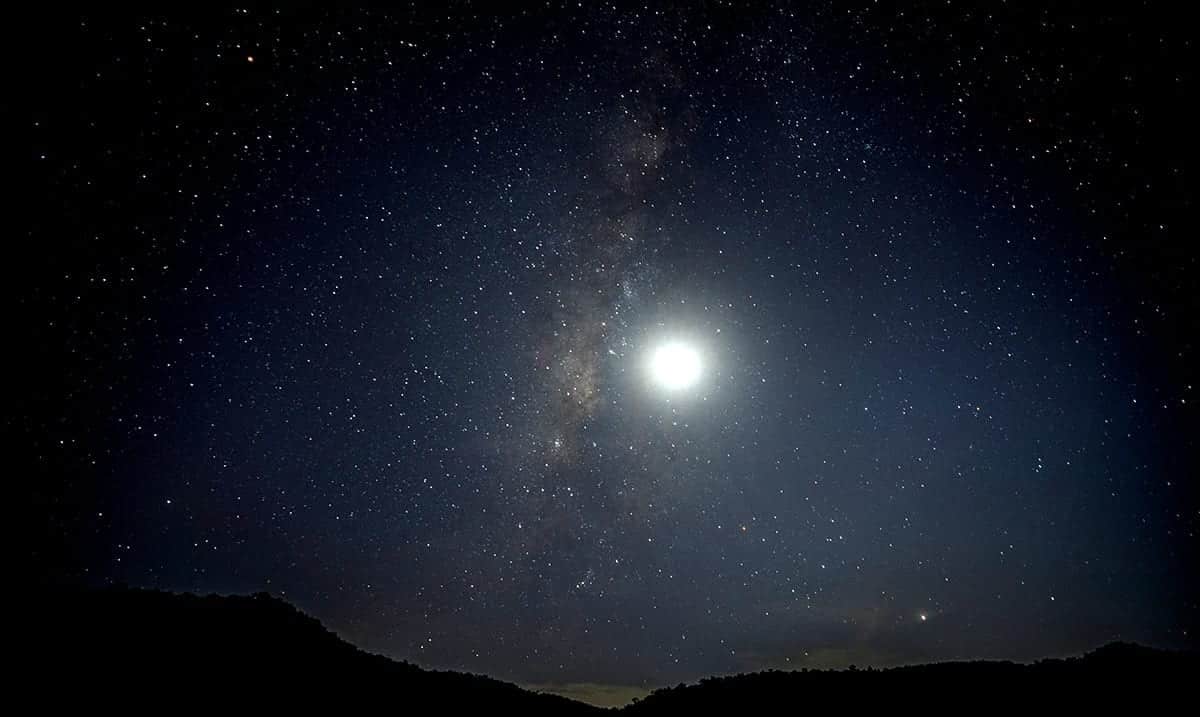This weekend is going to be a great one for space watching, that’s for sure. While it might always seem like there is something going on in the sky that you cannot see, these few celestial events are ones you are able to view with your naked eye.
Not only is NEOWISE out there for us to try and find but there are also 5 planets visible in the night sky. Those 5 planets are Jupiter, Venus, Mars, Mercury, and Saturn. These interesting planets paired with the beauty of the crescent moon will in many ways blow many of us away. Sure, these planets to the unaided eye might look like stars but knowing what they are and where they are you shouldn’t have much trouble finding them.
6ABC wrote as follows on this:
To see all of them at the same time, stargazers will need to wake up before dawn on Sunday and have a clear view of the horizon, according to AccuWeather.
Mercury and Venus will appear 45 minutes before sunrise from the east. Mars shines high and bright from the southeast, and Jupiter and Saturn will set from the southwest.
Mercury will be gone by the end of the month, but the other four planets will be marching across the sky all summer long.
This planetary gathering won’t happen with the moon again before June 2022.
Starting the 15th #cometNEOWISE may be visible in the evenings! (~9:30pm)
Plus #Venus, #Mars, #Jupiter, #Saturn, & the #Moon… so much to observe in the sky this week. @AnthonyJCook2 has your weekly Sky Report, now available every Friday. Listen here:https://t.co/ASwMMQERXp pic.twitter.com/dvkD3nR5Zz
— All Space Considered at Griffith Observatory (@AllSpaceCnsdrd) July 10, 2020
Because of Mercury’s close orbit to the Sun we don’t get to experience things like this often. While it might not sound like much to some, to those who watch the night sky this is a rare treat. I for one will not be missing it.
Travel + Leisure wrote as follows on how to find the different planets in the sky:
How to Find Jupiter, Saturn, and Mars
About two hours before sunrise, you’ll be able to see Jupiter sinking in the southwestern sky with Saturn, the ringed planet, just above to the right. Trace a curved line going through both planets and into the southern sky, and you’ll hit Mars, the red planet, high above the southeastern horizon.
How to Find Venus and Mercury
Mars is at the peak of the ecliptic — the line we always see planets orbiting along — so trace its curve down to the horizon in the northeast. Before you get there, you’ll easily spot the super-bright planet Venus. It’s one of the brightest objects in the night sky. Mercury is always tricky to see, and you have to get your timing right; it will rise in the northeast 45 minutes before sunrise as seen from New York City. You’re looking for a small, red dot, and it will help if you have a pair of binoculars. With any luck, you may even see it accompanied by a very slender crescent moon just to its left.
Things like this should serve to remind us how small we are in space. We are but one of eight planets within our solar system and our galaxy is one of who knows how many. This Universe is enormous and there are tons of things out there that even we are not aware of.

